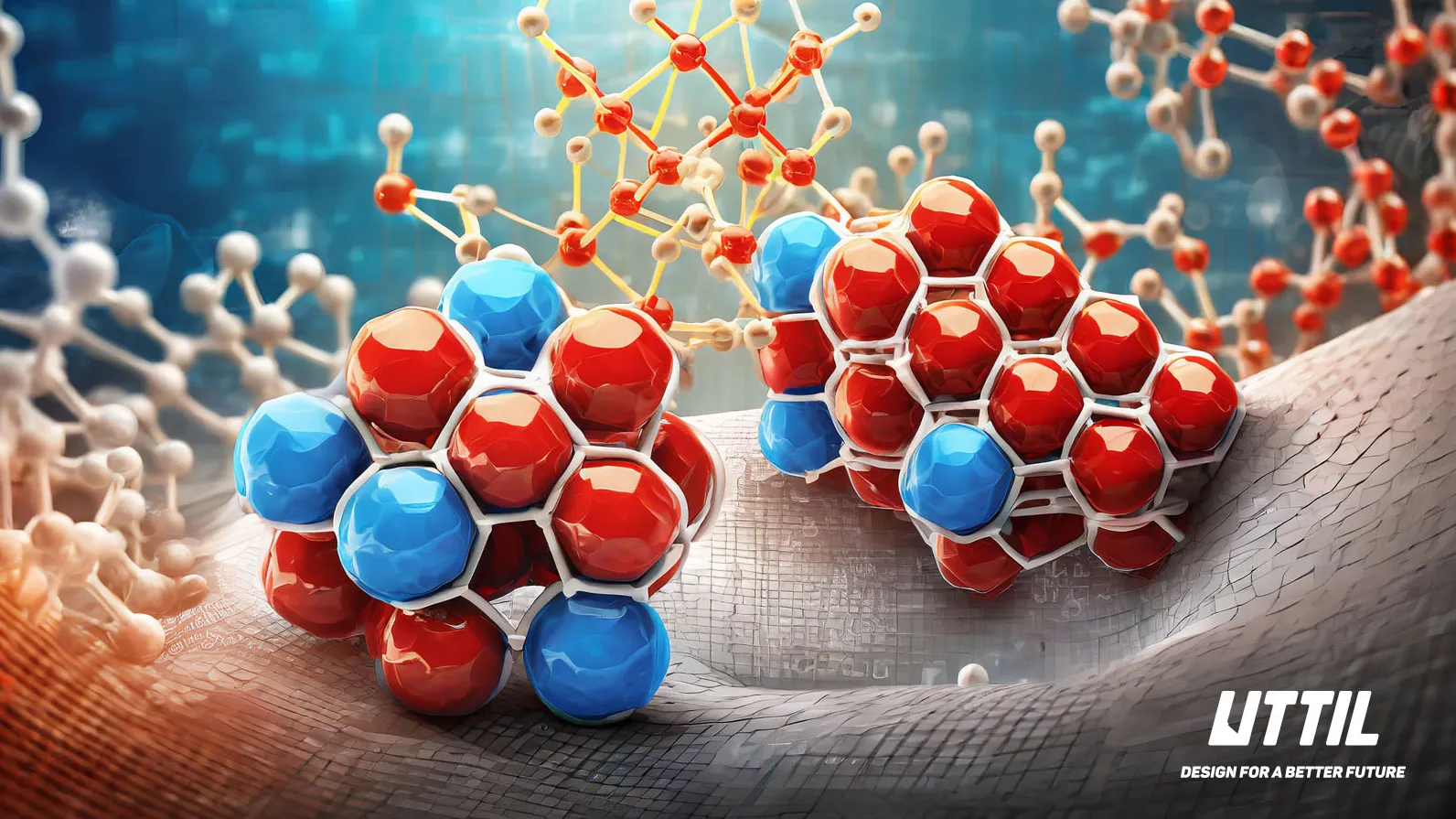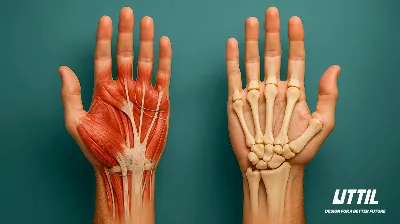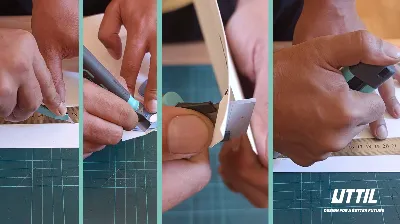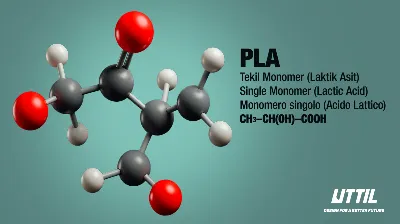A Promising Innovation in Plastic Recycling.
Hello,
friends of the environment! Let's talk about a topic that's close to our
hearts: recycling. We all know the importance of managing plastic waste, and
now there's a bright spot on the horizon that's worth sharing.
Scientists
at the US Department of Energy's Oak Ridge National Laboratory have been busy
bees, working on a new catalytic process that gives mixed plastics a new lease
of life. Their latest study, in the journal published by Materials Horizons, is
not just about sorting and recycling. It's about transforming these plastics into
their original forms, known as monomers, with an eye on precision and
environmental benefits.
This isn't
just a small step; it's a giant leap in reducing our carbon footprint. The
process could cut greenhouse gas emissions by up to 95%, slash energy inputs by
up to 94%, and reduce fossil fuel consumption by up to 96%. That's a breath of
fresh air for our planet!
Tomonori
Saito, the synthetic polymer chemist leading the charge, explains, "We've
developed a specialised organocatalyst. This isn't your everyday chemical. It's
a compound that's adept at converting mixed plastic waste into valuable
monomers, which can then be repurposed to create high-quality plastics and
other materials."
This
innovative approach could revolutionise how we recycle, saving an estimated 3.5
billion barrels of oil each year if adopted worldwide. That's a lot of energy
conserved for future generations!
Now, let's
dive a little deeper into the science. The team used a technique called
small-angle neutron scattering at ORNL’s Spallation Neutron Source. This method
is like a super-microscope that scatters neutrons to reveal the structure of
materials down to the tiniest detail. It confirmed that the organocatalyst effectively
broke the waste plastics into monomers.
What's neat
is how the organocatalyst works its magic at different temperatures to break
down various plastics. Polycarbonates, for instance, are deconstructed at 130°
C, while polyurethanes need a bit more heat at 160° C. Polyethylene
terephthalates and polyamides follow suit at 180° C and 210° C, respectively.
This temperature-controlled process means that each type of monomer can be
recovered separately and reused, while other materials are left untouched for
further recovery.
The
environmental perks of this method are clear. It moves away from harsh
chemicals traditionally used for breaking down polymers and offers a more
selective, stable, and safer alternative. Plus, its efficiency against multiple
types of plastics makes it a strong candidate for tackling the complex mix of
materials we find in today's consumer products.
In
conclusion, this research is a collaborative triumph, with contributions from
various departments within ORNL and the University of Virginia, all under the
umbrella of the US Department of Energy's support.
At UTTIL, we're thrilled by the pioneering research coming out of ORNL. This breakthrough represents a significant leap forward in the circular economy, a concept that UTTIL deeply invests in. The prospect of turning plastic waste into reusable monomers not only fuels our enthusiasm for innovation but also reinforces our commitment to responsible manufacturing and consumption.
As we look to the future, this breakthrough gives us hope. It's a testament to the power of innovation and the potential for science to lead the way in creating a more sustainable world. Let's keep the conversation going and the ideas flowing for the sake of our beautiful planet.








